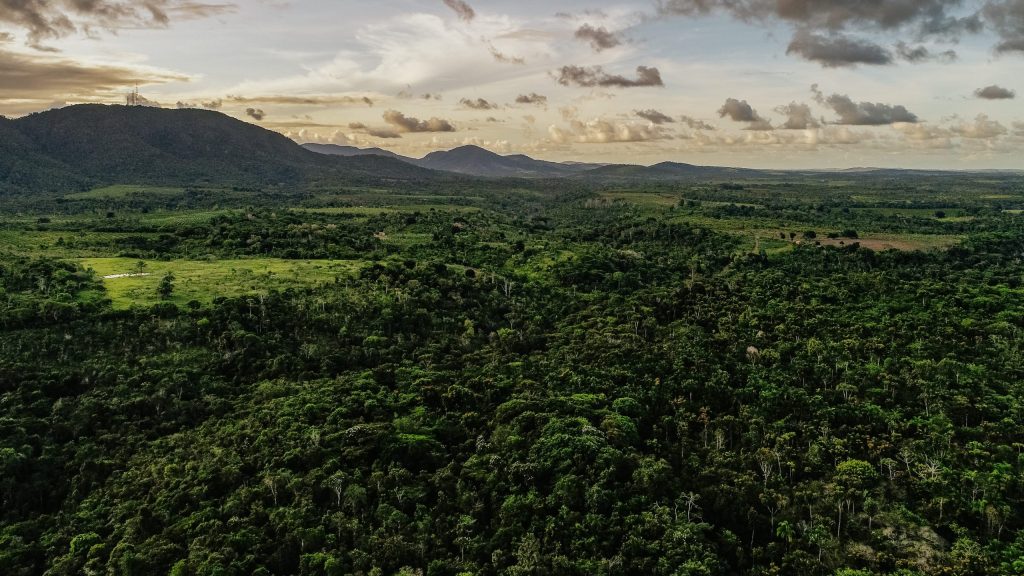Around 5,000 hectares of Cerrado Savanna will be restored using this method, as part of Vale’s 2030 Forest Goal

Natural regeneration and assisted natural regeneration – processes by which an ecosystem recovers spontaneously or with minimal human interference, when there are favorable environmental conditions – are among the sustainable systems adopted in Vale’s 2030 Forest Goal to achieve the voluntary commitment to restore 100,000 hectares of habitat by the end of this decade. So far, 5,200 hectares of Cerrado Savanna in the state of Mato Grosso have been recovered in this way, as part of a complex arrangement involving other production schemes, such as agroforestry systems and integrated crop, livestock and forest systems.
Assisted natural regeneration is a technique that encourages the recovery of native vegetation, protecting sites and encouraging the growth of local species, with minimal human interference. This type of intervention can include controlling invasive species, preparing the soil, protecting against fires and fencing off areas.
“Ideally, you carry out natural regeneration in an area that is not so degraded as to require intervention, or in areas that are not under pressure from exotic species. The main advantage of this method is the low cost per hectare, since ecosystem services, such as water supply and seed dispersal, do the work,” explains Guilherme Oliveira, scientific director of the Vale Institute of Technology (ITV), one of the partners contributing to Vale’s 2030 Forest Goal.
According to him, the speed of recovery depends on the level of degradation and proximity to conserved forest areas, where local biodiversity accelerates the process. “Microorganisms and small invertebrates are fundamental for soil health, as is the absence of invasive species, such as exotic grasses or ferns, which can prevent native vegetation from growing back,” he says.
As part of the Forest Goal portfolio, Fundo Vale is investing in assisted natural regeneration through an equity investment fund, based on a balanced strategy: half of the total area is earmarked for natural regeneration, while the other half is home to FSC-certified productive forests. “These productive forests are managed sustainably with a view to sequestering carbon and providing climate-positive forest products,” explains Helio Laubenheimer, a carbon specialist at Vale. “This approach not only replaces raw materials with a high carbon footprint but also makes it possible to store carbon for the long term,” he adds. This initiative reinforces the crucial role of forest management in the transition to a low-carbon economy, combining environmental preservation with responsible production under a sustainable business model.
